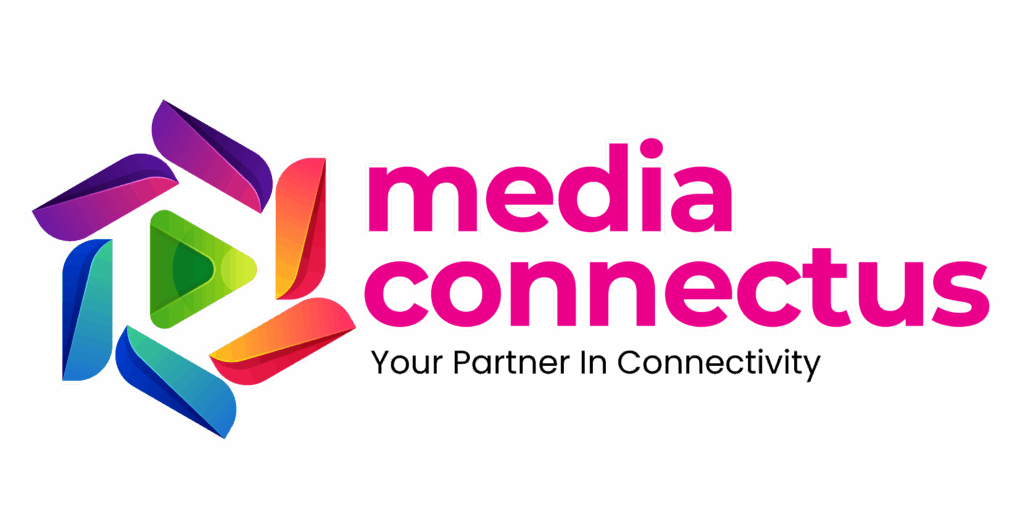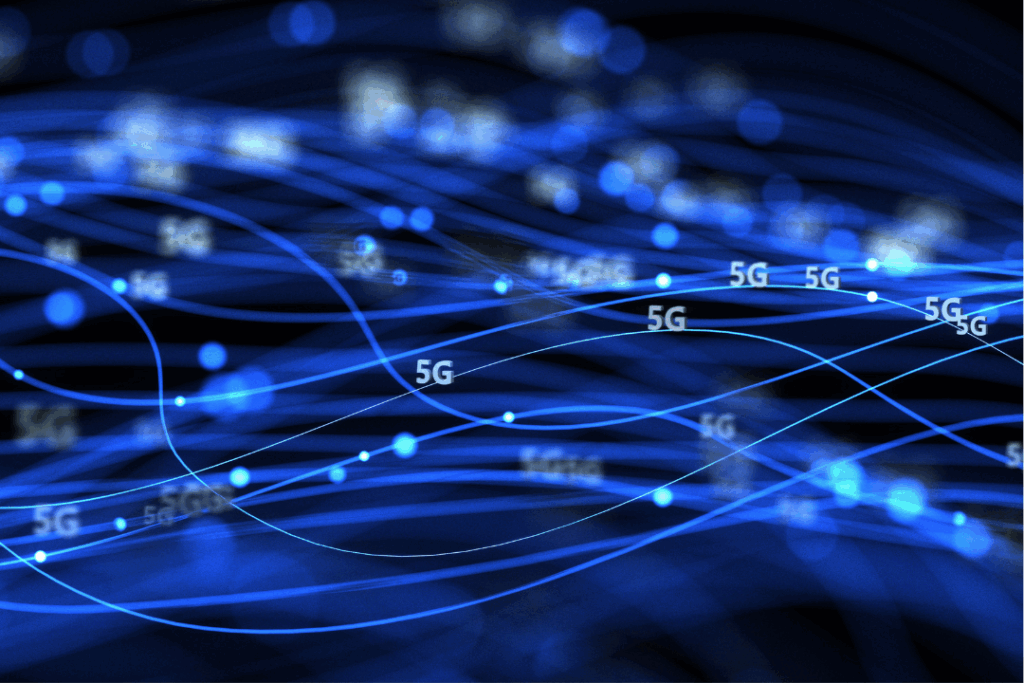As we venture further into the connected age, internet access is no longer just a convenience — it’s the backbone of modern life. Whether you’re working remotely, attending virtual classes, streaming 8K videos, or automating every corner of your smart home, reliable and high-speed internet is non-negotiable in 2026.
Two major contenders dominate the conversation: 5G home internet and traditional broadband. As 5G networks mature and broadband infrastructure evolves, many are asking: Which one is the smarter choice for today’s digital household?
Let’s break it down — speed, reliability, cost, convenience, and everything in between — so you can make the best decision for your home in 2026.
5G Home Internet: Wireless Speed with Minimal Hassle
5G, short for fifth-generation wireless technology, has transitioned from mobile buzzword to a legitimate player in the home internet arena. Rather than using underground cables, 5G delivers internet via radio signals from nearby cellular towers to a 5G gateway device (essentially a high-powered router).
Why It’s Gaining Ground:
- Rapid setup – No drilling, trenching, or technician visits.
- Mobility – Ideal for renters, digital nomads, and those frequently on the move.
- Growing speeds – In areas with strong coverage, 5G rivals even fiber connections.
With providers like Verizon, T-Mobile, and AT&T rolling out expanded coverage and competitive plans, 5G home internet is quickly evolving from a niche alternative to a mainstream contender.
Traditional Broadband: The Sturdy, Wired Classic
Traditional broadband encompasses three major types:
- DSL (Digital Subscriber Line) – Oldest and slowest, but still used in underserved regions.
- Cable – Offers solid speeds using existing coaxial infrastructure.
- Fiber-optic – The speed champion, transmitting data at the speed of light via glass strands.
These connections require physical wiring, but the payoff is in consistency and performance — especially in areas with established networks.
Speed & Performance: Who Rules in 2026?
⚡ 5G Home Internet
Modern 5G networks can reach speeds up to 1–2 Gbps, especially in areas with millimeter-wave (mmWave) or mid-band 5G. This makes streaming ultra-HD video, gaming, video conferencing, and running multiple smart devices entirely feasible.
But the experience isn’t uniform. Factors that impact speed:
- Distance from cell towers
- Obstructions like buildings, walls, and trees
- Network congestion during peak hours
5G is blazingly fast in ideal conditions — but performance can swing significantly.
🧱 Traditional Broadband
- Fiber-optic: Consistent speeds up to 2–5 Gbps in select cities — virtually no latency and minimal interference.
- Cable: Usually offers 100 Mbps to 1 Gbps, reliable but can slow during peak times.
- DSL: Limited to 5–50 Mbps, often outdated and insufficient for modern use.
If predictability is your priority, fiber broadband remains unmatched.
Latency: The Hidden Key to Seamless Internet
Latency — the time it takes for data to travel from your device to the server and back — is critical for:
- Online gaming
- Video calls
- Real-time apps like trading or remote desktop access
🕹 5G:
With latency as low as 1–10 milliseconds, 5G excels in responsiveness — especially in areas with strong infrastructure.
🎮 Broadband:
- Fiber: Comparable ultra-low latency
- Cable: Slightly higher, but manageable
- DSL: Often lags behind, with noticeable delays
Both 5G and fiber are suitable for real-time applications, while DSL struggles to keep up.
Installation & Convenience
📦 5G:
- Plug-and-play simplicity — most providers ship a pre-configured router.
- No technician needed — you’re online in minutes.
- Perfect for those who don’t want to wait for appointments or navigate complex setups.
🛠 Broadband:
- Installation can take days or even weeks
- Often requires a technician visit
- May involve digging or installing new lines
- Tied to one location, unlike portable 5G setups
If convenience is a top priority, 5G wins in terms of flexibility and speed of deployment.
Availability: Can You Even Get It?
🌆 5G:
- Rapidly expanding in urban and suburban areas
- Some rural zones now have low-band 5G, which offers wider coverage but lower speeds
- mmWave 5G (fastest) still limited to major metros
🌄 Broadband:
- Cable broadband is widely available in populated areas
- Fiber is expanding, but still limited to select cities and neighborhoods
- DSL remains the fallback in rural zones, though it’s increasingly being phased out
Winner? Depends on where you live. For many in rural or newly built areas, 5G may arrive before fiber does.
Reliability: Will It Hold Up When You Need It?
🔄 5G:
- Vulnerable to weather, obstructions, and signal interference
- Improving every year, but may occasionally suffer inconsistent speeds or outages
- More susceptible to network congestion in densely populated areas
🧱 Broadband:
- Fiber is incredibly stable and resilient
- Cable performs well but can degrade with old infrastructure or shared bandwidth
- DSL is least reliable and prone to disruption
When reliability matters — think remote work, digital business, or security systems — fiber broadband still reigns supreme.
Cost: Which Delivers More Bang for Your Buck?
💰 5G:
- Plans typically range from $50 to $85/month
- Often include no contracts, unlimited data, and free equipment
- Providers frequently offer incentives like bill credits or streaming subscriptions
💸 Broadband:
- Cable and fiber plans start around $60/month, with premium tiers reaching $100+
- Extra fees can include equipment rental, installation, and data overages
- Bundling TV and phone may offer savings, but not always useful for cord-cutters
In many cases, 5G is more affordable upfront, especially for light to moderate users who value simplicity and portability.
Security & Privacy Considerations
🔒 5G:
- Built with advanced encryption standards
- Still wireless, so it’s vulnerable to interception or signal spoofing if not properly secured
- Regular firmware updates are essential
🔐 Broadband:
- Wired infrastructure offers a natural barrier to wireless interception
- Still requires strong passwords, firewalls, and anti-malware
Neither option is immune to cyber threats — but a properly secured router and updated firmware will keep most users safe on both platforms.
Best For Whom?
✅ 5G Home Internet
- Renters and digital nomads
- Small to medium households
- Urban/suburban residents with strong coverage
- People who want quick setup and no-fuss internet
- Households without access to fiber or cable
✅ Traditional Broadband
- Large families or heavy internet users
- Gamers and streamers
- Remote workers who need stability and low latency
- Households in areas with robust fiber or cable infrastructure
The Verdict: 2026 and Beyond
The internet landscape in 2026 is more competitive — and more confusing — than ever. On one hand, 5G has grown from hype to reality, offering a flexible and surprisingly powerful home internet solution. On the other, traditional broadband, particularly fiber, still dominates when it comes to rock-solid performance.
So which should you choose?
- If you’re after convenience, mobility, and affordability, and live in a 5G-covered area, 5G home internet is a compelling option.
- But if you’re chasing peak performance, reliability, and future-proofing, fiber broadband remains the best investment — especially for households with heavy demands.
Final Thoughts: The Smart Home Needs Smart Internet
The gap between 5G and broadband continues to close, and for many households, the best option may not be either/or — but both. Hybrid solutions are emerging, with some users keeping fiber as a primary connection and 5G as a mobile backup.
No matter which route you choose, one thing is certain: the era of slow, frustrating internet is coming to an end.
As you look ahead in 2026, evaluate your priorities — speed, stability, cost, and flexibility — and let those guide your decision. In this connected age, your internet isn’t just a utility; it’s a lifestyle choice.

